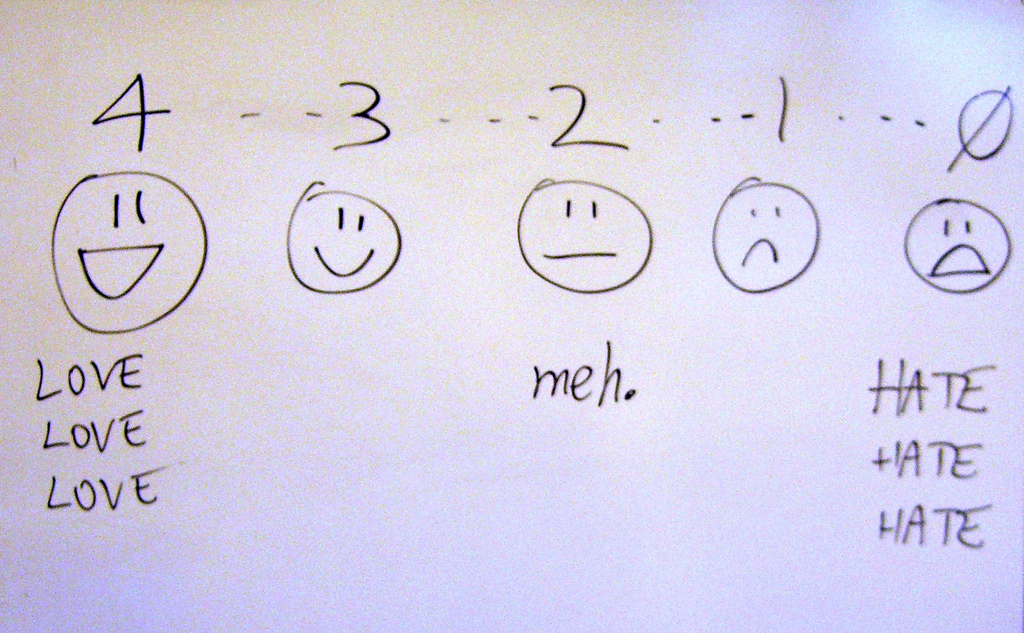-
We are happy to announce that the first special issue of our shared task has now been published. The individual articles are:
- Introduction (Evelyn Gius Nils Reiter Marcus Willand)
- Guidelines
- Guideline I
- Guideline II
- Guideline III
- Guideline IV
- Guideline V
- Guideline VI
- Guideline VII
- Guideline VIII
-
This after-workshop post summarizes some interesting findings during our workshop. The post focusses on subjective impressions of the workshop, it will take some more time to deliver the actual results.
-
This post outlines our plans for the upcoming workshop. It includes a first look at (not yet finalized) agenda and describes what material we generate beforehand, and how.
-
A first look at the submitted guidelines.
-
This post provides information about the submission of the guidelines.
-
This article details how we plan to evaluate/compare annotation guidelines during the workshop. The evaluation will be structured along of three dimensions: i) Relation of guidelines and theory, ii) applicability, and iii) usefulness. To guide the workshop discussion(s) and to explicate the dimensions more clearly, we created a brief questionnaire.
-
Updated: Workshop dates, evaluation procedure. We would like to invite you to participate in the 1st Shared Task on Narrative Level Annotation. It is an adaptation of the shared task-format established in the field of Computational Linguistics and Informatics to the field of Literary Studies. The goal of the first phase of this (two-phased) shared task is the collaborative creation of annotation guidelines, which in turn will serve as a basis for the second phase, an automatisation-oriented shared task.
-
The corpus has been compiled to cover as much relevant phenomena as possible. It is heterogeneous with respect to genre, publication date and text length. Still, representativity (whatever that means for literature) was not a guiding principle. All texts are available in English and German. Some texts are translations from a third language.
The maximal length of the texts in this corpus is 2000 words. Since this limitation entails a bias with respect to the use of narrative levels, we also have included longer texts, which we make available in a shortened version. For the latter we removed passages that do not affect the overall narrative level structure in a substantial manner.
The corpus is freely available on github.
An overview of the authors and texts can be found in this CSV file.
-
We would like to invite you to participate in the 1st Shared Task on Narrative Level Annotation. It is an adaptation of the shared task-format established in the field of Computational Linguistics and Informatics to the field of Literary Studies. The goal of the first phase of this (two-phased) shared task is the collaborative creation of annotation guidelines, which in turn will serve as a basis for the second phase, an automatisation-oriented shared task.
-
This article describes where to start and how to proceed when developing annotation guidelines. It focuses on the scenario when you’re creating new guidelines for a phenomenon that has been described mostly theoretically.
-
This post details how we envision the first phase of the shared task on systematic analysis of narrative texts through annotation (SANTA) concretely. We hope this gives potential participants a clearer picture of what is expected of them and how long it would take.






